
- Birth:
- 1796, Crediton, Devon (see map on right)
- Marriage:
- to Charlotte Pearse, St Leonard's Shoreditch, 16 March 1821
- Death:
- 14 May 1866 1 Sampson's Terrace, 4 Victoria Park Rd, South Hackney (London)
- Father:
- John Body/Boddy
- Mother:
- Mary Badcock
- Children:
- Henry Boddy (1821-1890 )
- George Boddy (1824-1901)
- Joses Boddy (1829-1879)
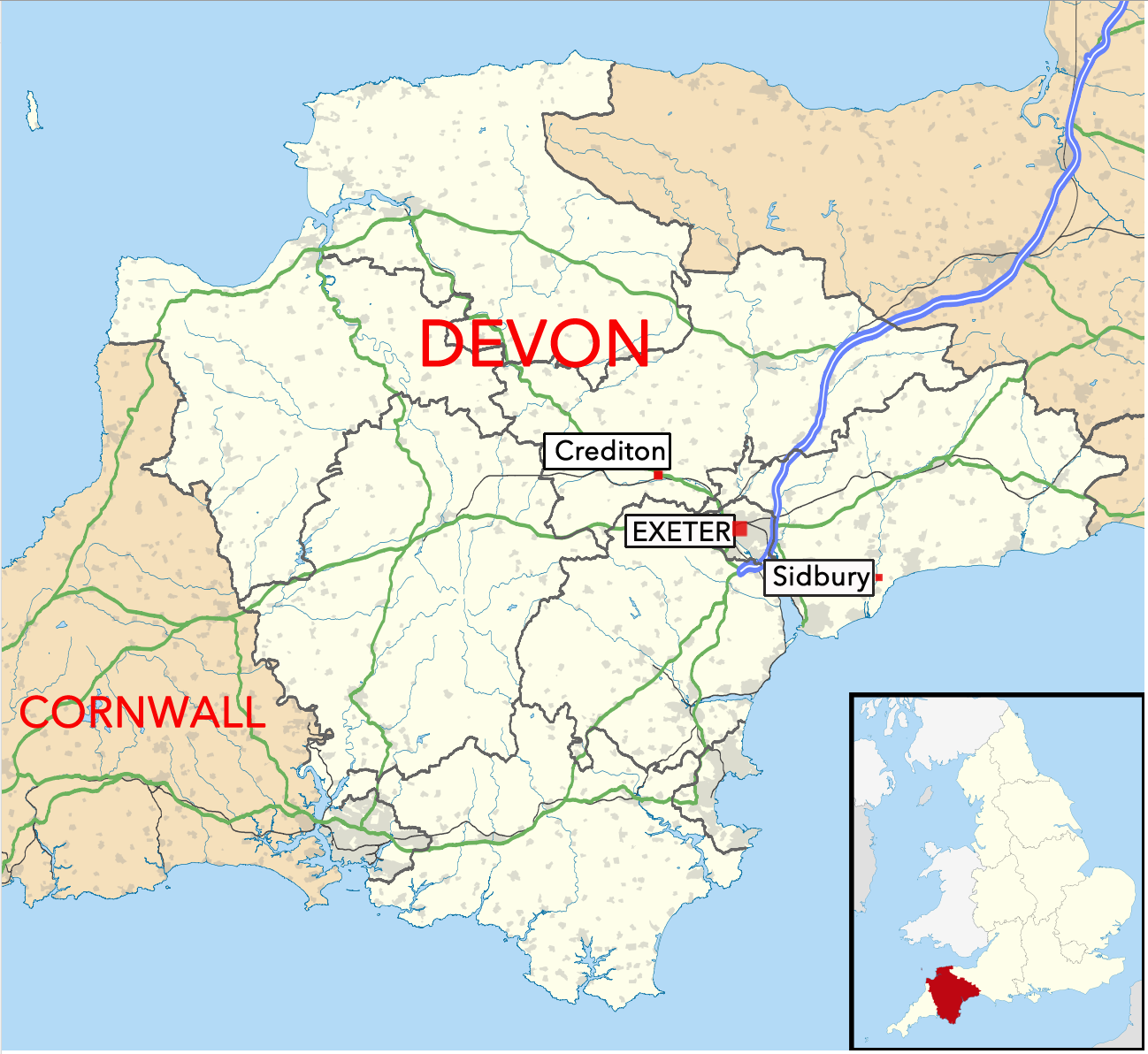
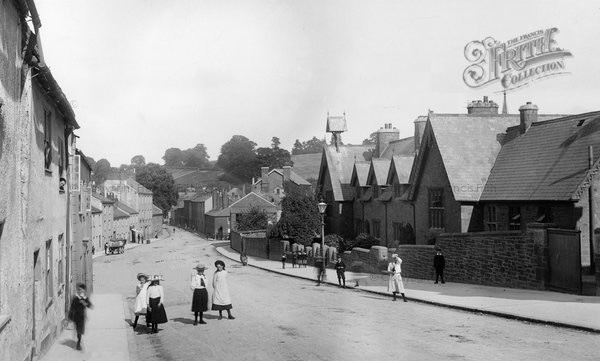
East Street, Crediton in 1904- (copyright the Francis Frith
collection).
John Boddy, who was born in 1796 in Crediton, a market town in Devon, is the first of the Boddy ancestors for whom we have some detailed records - before that, we are reliant on Parish Registers of Crediton, which give very little detail, often only parents' names, and so we're not always sure we have linked up with the right people, "John" being a very common Christian name of the time.
Our John was born in what was an extremely bitter winter in southern England. December, the month he was probably born, was among the five coldest Decembers since records were kept in 1659, and included a bitterly cold spell around Christmas. The temperature in London on Christmas Eve was noted as -21degC, and Christmas Day was intensely cold, with the Thames frozen (ref)
John was baptised in early 1797 in the local church at Crediton, the Church of the Holy Cross (right).
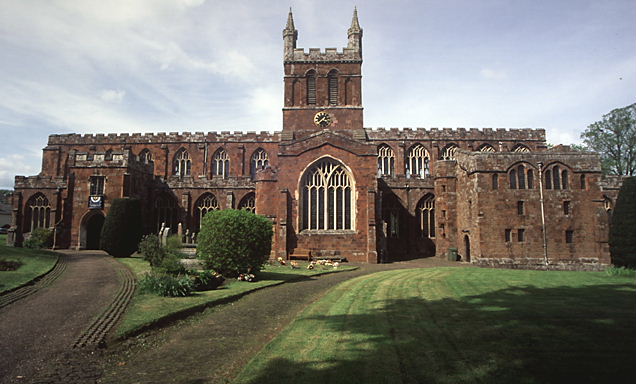
The Boddy/Body name was common in the area, with many recorded in the registers of the Crediton Parish Church. Today, that church features two such names in its Roll of Honour, of those who served/died in the 20th century World wars.
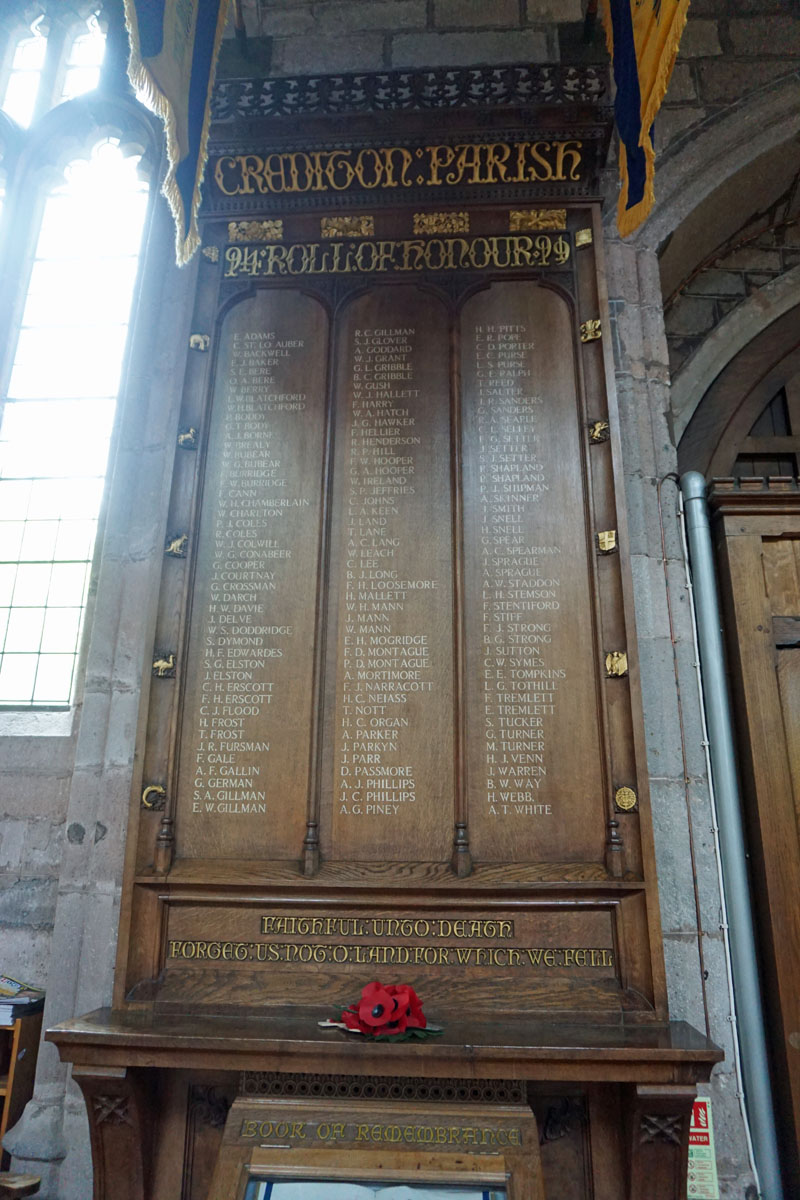
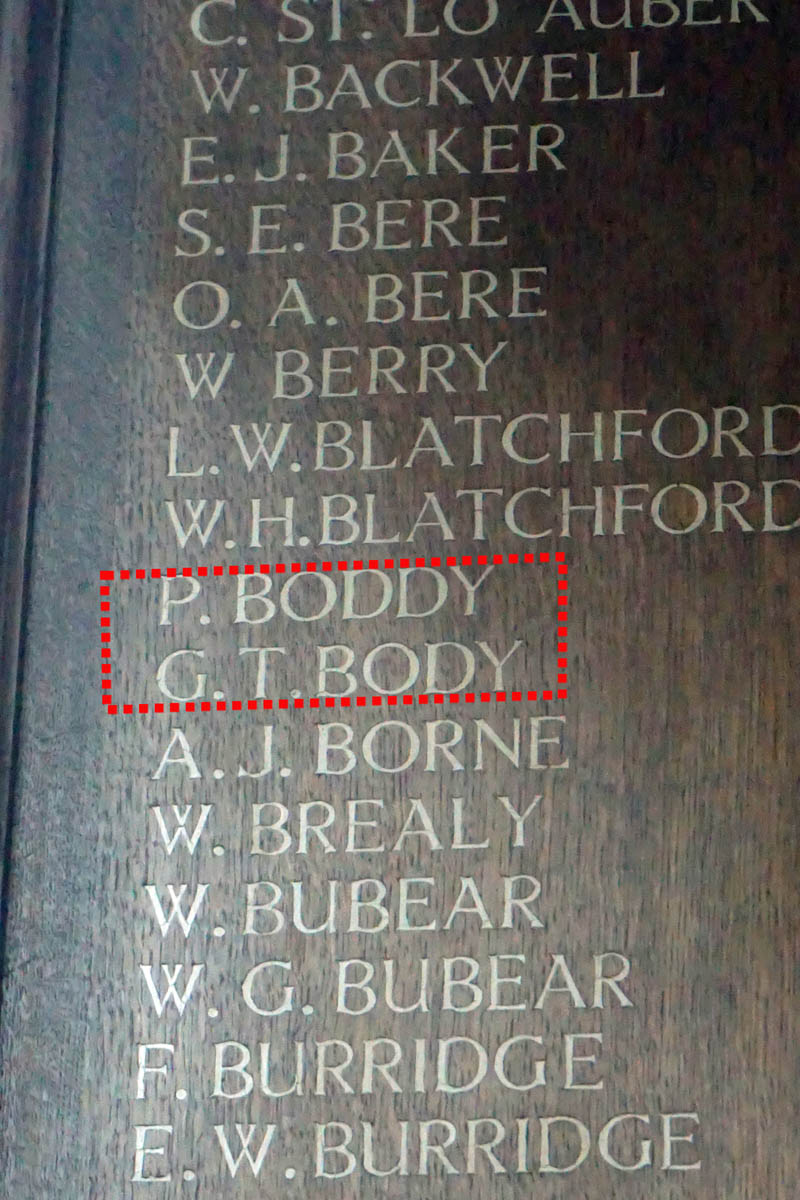
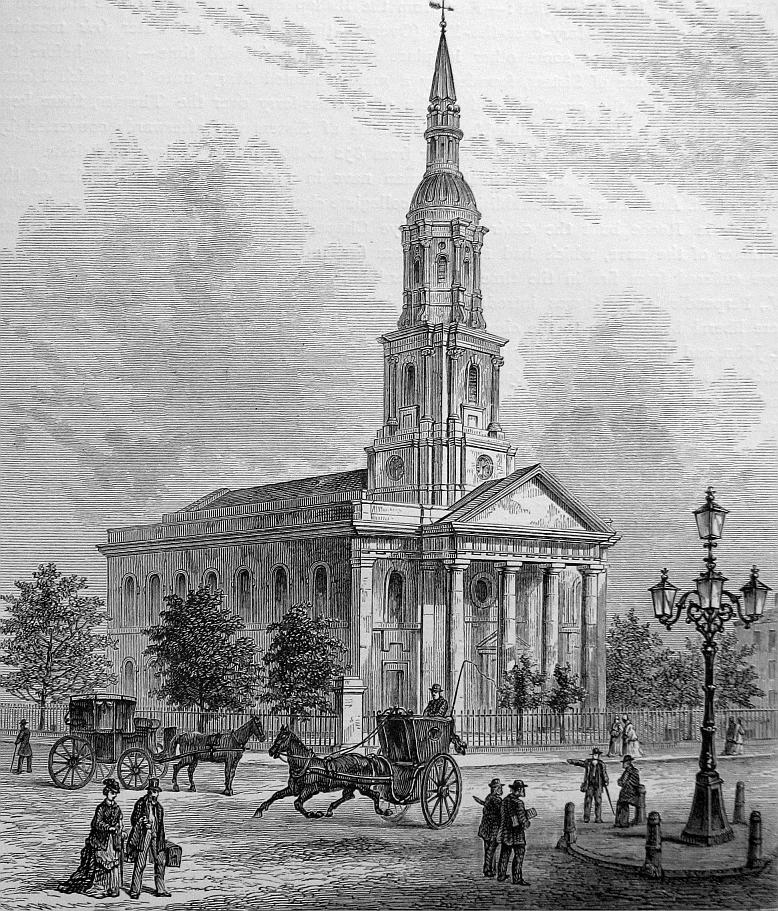
By 1821, aged 25 he was established enough to marry. His bride, Charlotte Pearse, was three years older than him, and also from Devon. Charlotte’s home town was the village of Sidbury, a considerable 50km away from Crediton, so it’s likely the couple met in London, rather than Devon. The wedding ceremony may have been carried out in haste - the couple were married in March of 1821, and their first son, Henry, was baptised less than a month later in Charlotte's home village of Sidbury.
A point of historical interest - The church, where John and Charlotte married St Leonard's in Shoreditch, is, according to Wikipedia, the church mentioned in the line "When I grow rich, say the bells of Shoreditch" from the nursery rhyme Oranges and Lemons.
The church is at the intersection of Shoreditch High Street with Hackney Road, within the London Borough of Hackney.Back in Sidbury, John found work as a servant. By 1830, the couple had three sons in Sidbury, Henry, George (1824) and finally Joses (1829).
***
It appears that John’s earlier schooling, while probably not extensive, was enough for him to get work there this time as a servant/messenger/clerk in the UK Treasury.
The position may well have included basic accommodation - in the first official census of Britain, in 1841, John, Charlotte and the youngest son, 12 year old Joses are listed as living, along with a dozen other people, at "6 Manchester Buildings" in Westminster, a combined commercial and residential building adjacent to the offices of Whitehall.
right: a 1828 engraving of the Treasury Buildings at Whitehall, where John was a messenger
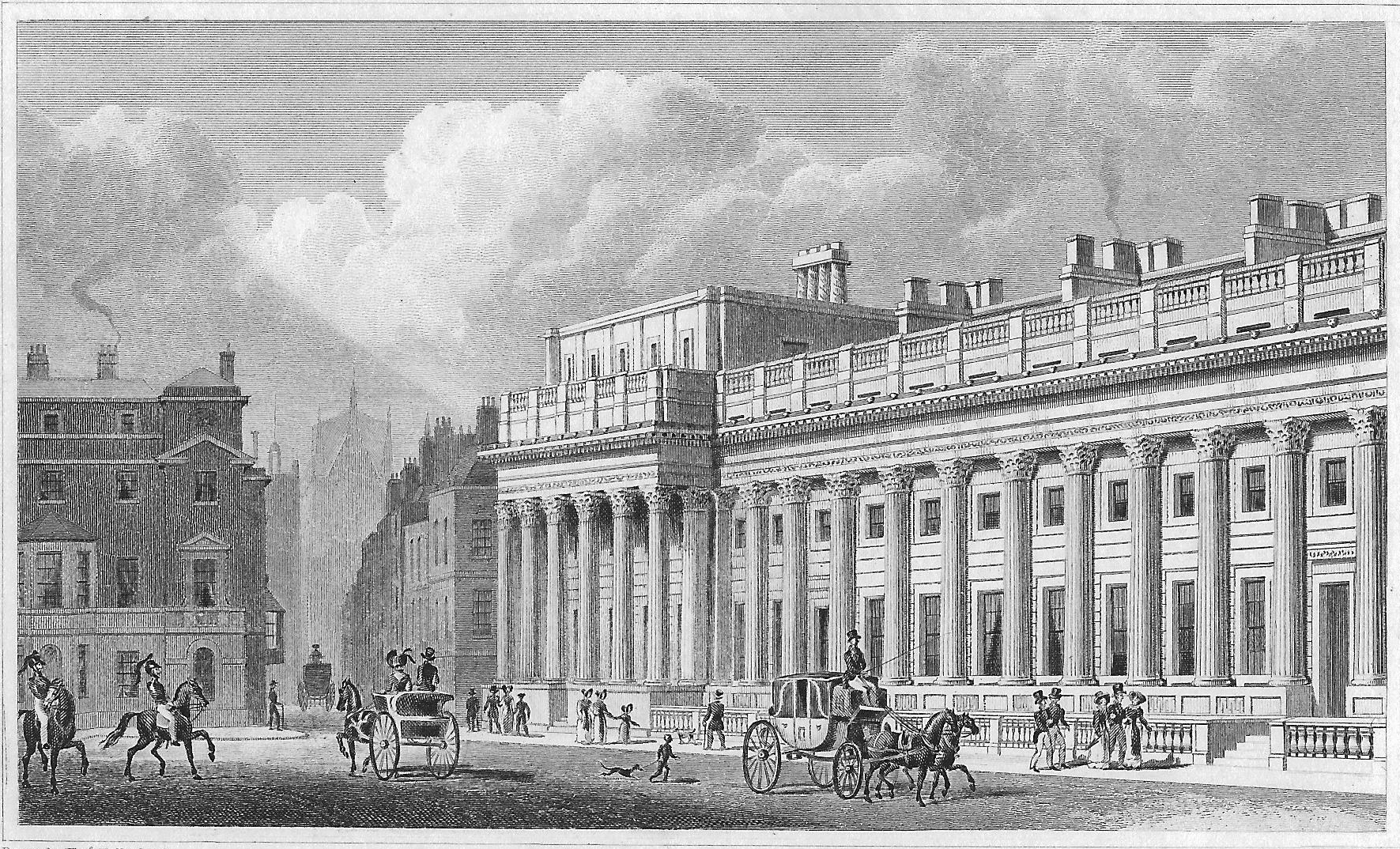
By the time of that census, both of the older boys had almost certainly left home. Neither Henry, then aged 20, or George 17 years, appear in that document.
This doesn't mean that there was any significant estate to be shared -after all, it's unlikely that a simple messenger would have been able to accrue any degree of savings.
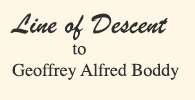 John
Boddy
John
Boddy